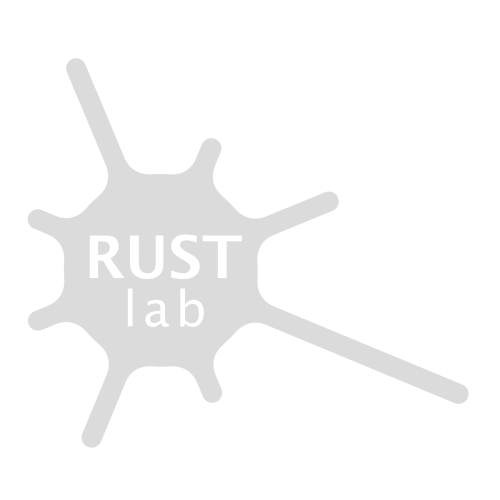The virtuality of the stuff of data
Comment by Laura Kocksch
Reading this term’s theme, I am particularly intrigued by the proposal to discuss data in their situated embeddings in “tables, books, libraries, organisations,…”. I cannot help but think of data as material stuff: books that are passed on, excel files that are looked at, stories that are told and written down, etc. The lecture talk given by Estrid Sørensen, Florian Sprenger and Roland Meyer (filling in for Simon Rothöhler) takes up this exact challenge: meeting data where they are at, engaging with data not as abstract and universal, but local and plural (Loukissas 2019), or as situated “stuff” (Dourish 2017) that performs and shapes practices, and is itself shaped and performed.
In their DFG proposal for a large research consortium on “Virtuelle Lebenswelten”, Estrid, Florian and Roland point to the performance of data in three lifeworlds: archives, traffic (through autonomous vehicles) and science (through data centres). They critically intervene in the perception of data as local, situated and material by emphasizing that it is also “virtual”. Against my intuition, by calling data “virtual” they point to an important aspect: data’s speculative competencies, their utter ambiguity and uncertainty, their referring to what is hard to grasp. By discussing data’s infrastructures (their situated embeddings), they point to what potentiality data incorporates. Data infrastructures are always material and speculative, pointing to what is and could be.
Estrid, Florian and Roland’s talk was titled “Infrastucturing virtual lifeworlds” proposing that infrastructures provoke existing concepts of virtuality (where it is often used in opposition to real, or synonym with artificial). Infrastructures are always relational, hard to grasp and invisible as Leigh Star made us realize years ago (1999), but they also require attention to the material, e.g., when they are failing or becoming fragile (Denis & Pontille 2014). Infrastructures induce imagination of what was and what can be. A capacity that Estrid, Florian and Roland find to be “virtual”: they allow to think with and of alternatives.
Estrid’s project investigates how data centers are formed by and forming scientific knowledge practices. Specifically, she asks “How can data centers infrastructure ecology and knowledge in a good way?”, pointing to the ecological-material consequences of data storage and processing. Defining the “good” thereby is an empirical question, being intricately entangled with heterogeneous work practices. She plans to conduct ethnographic research of data practices and organize experimental workshops to actively engage with and design “good” data practices and devices.
Florian’s project is concerned with autonomous vehicles as devices that rely on quick decision making by sensing their environments. Both the cars and their environments are becoming virtual: they are constantly opened for reconfiguration through the sensors. Florian calls this “alternativity” – the capacity of handling various alternatives, conceptually but also practically. By building their own robots, Florian’s team experiences how self-driving cars explore, sense, touch and test their environments.
Simon’s and Roland’s project is involved with archives that are currently being digitalized. Roland’s subproject thereby investigates how image archives result in new virtual environments that allow connecting data anew.
All three projects are engaged in interacting with the world by investigating and proposing alternative visions. Their infrastructures are both material, concrete and shaping practices while also pointing to other possibilities. It is this characteristic of virtuality that the SFB intends to develop and that I encourage. Virtuality not in opposition to materiality, practice and constraints, but as its venture point, and horizon. Virtuality shapes the material, while the material shapes the virtual.
The SFB has the potential to retool and reset virtuality not as metaphysical or utterly uncertain, but as entangled with the material. My question is what collective, collaborative and convivial virtuality looks like and how to engage with speculative and possible visions of technologies. In this sense, disconcertment with “virtuality” can be taken as an advantage, because it sits uneasy it allows to poke into the speculative capacity of data while situating it in data centres, archives, books, tables, sensors, etc.
References:
Denis, Jérôme; Pontille, David (2014): Maintenance work and the performativity of urban inscriptions. The case of Paris subway signs, 7/2/2014. Available online at https://halshs.archives-ouvertes.fr/halshs-01017569/document.
Dourish, Paul (2017): The Stuff of Bits. An Essay on the Materialities of Information. Cambridge: MIT Press (The MIT Press Ser). Online verfügbar unter https://ebookcentral.proquest.com/lib/gbv/detail.action?docID=5340036.
Loukissas, Yanni Alexander (2019): All data are local. Thinking critically in a data-driven society. Cambridge: MIT Press (The MIT Press Ser).
Star, Susan Leigh (1999): The Ethnography of Infrastructure, American Behavioral Scientist, 43(3), pp. 377–391. doi: 10.1177/00027649921955326
